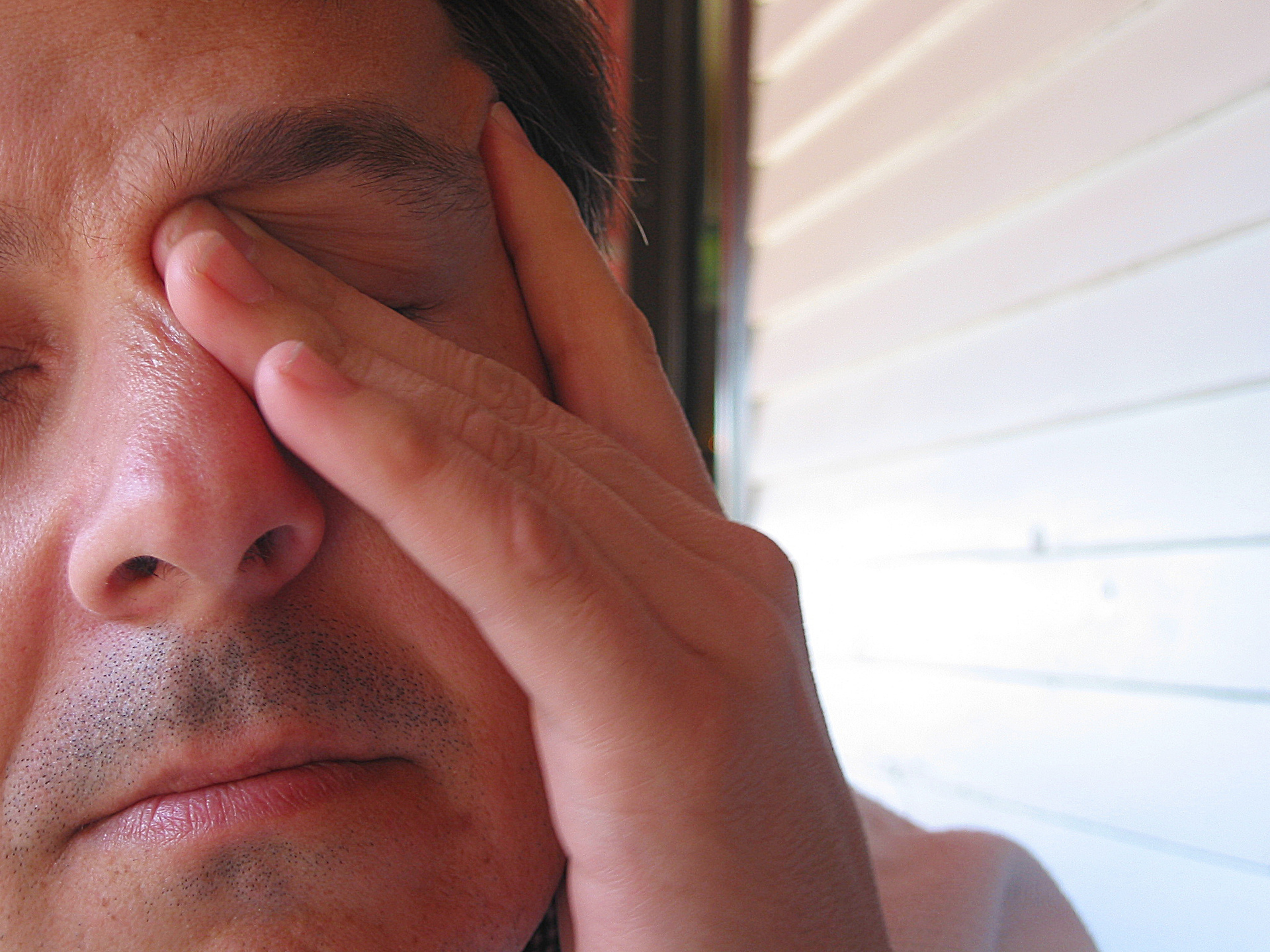How is your energy production?
One of the hallmarks of aging is that energy production in every body cell decreases with age. How tired we feel most of the time is the barometer telling us how we are doing. The key thing to notice is that some people are toast in their fifties, and others are going strong into the 80s and 90s. Do we have any say in the matter? The answer is a resounding YES!
Virtually all energy produced by us from our food is produced by tiny organelles in each cell known as Mitochondria. They take in proteins, fats and carbohydrates and build an energy carrier molecule called Adenosine TriPhosphate or ATP. ATP is shuttled out into the cell to perform any and all functions that require energy to perform (that’s virtually everything), it gives up a phosphate molecule (becoming Adenosine DiPhosphate) to impart that energy, and then is shuttled back to the mitochondria to be pumped back up by adding a phosphate molecule to become ATP again. How fast and effectively this happens determines how strong and energetic you feel at any moment.
A quick example: You jump on the leg press machine at the gym and bang out twenty reps, with enough weight to not be able to do one more – can’t possibly press it up one more time if life depended on it. Wait one minute and you can probably do another 15. Time was needed to replenishing the ATP available to the muscle cells, and in the nerve cells that command them. In that short time real magic happened in those little mitochondria, and the key to having energy for life is to supply all the necessary materials to allow the magic to happen and to allow the time for recovery of the process.
Aging causes reduction of the rate of the processes involved in energy creation. It also causes reduction of the local antioxidant enzyme protection of the internal parts of mitochondria, leading to increased mechanical and genetic damage with time. One of the major theories of aging is that when our mitochondria start to break down and die, so do we, with the implication that if we keep our mitochondria running healthily we are a long way from dying of old age. The same thinking applies to disease – If our energy production is good, and our defenses are running well, we will avoid most infectious invaders and cancer, and be able to repair mechanical damage in joints and lining of our digestive system, etc.
So let’s move on to how we keep our mitochondria working at top speed:
Protecting the mitochondria from their own internal fire is of primary importance .The most important antioxidant protecting mitochondria is CoQ10 in its ubiquinol form. It is also the enzyme facilitating step 3 of the electron transport chain – absolutely necessary for the production of energy/ATP. So the smart thing is to supplement your own production by taking it as a supplement. The products I have used for years for this purpose are:
Super Ubiquinol CoQ10 with PQQ and Mitochondrial Energy Optimizer
If you read the product descriptions of these two items you will have a very good explanation of how and why they work to protect and improve mitochondrial function throughout the body.
We are born with a prescribed number of mitochondria dispersed throughout our cells. Exercise encourages the number of mitochondria to increase in each cell, and weight training encourages muscle cells multiplication, resulting in higher bodily count. Keeping our antioxidant defenses working well helps them live longer before wearing out and refusing to multiply. A very good article to read on the care and feeding of our mitochondria is A Three-Step Strategy to Reverse Mitochondrial Aging. This will set you on the right path to staying energetic for as long as possible in this life.
Another critical factor in energy production within mitochondria is Nicotinamide Adenine Dinucleotide (NAD+). This is a coenzyme like CoQ10, and is involved with production of every ATP molecule. Our bodies make it from Niacin (vitamin B3, also known as nicotinic acid), so if we don’t eat enough B3, energy production suffers. Our ability to make NAD+ decreases with age, but recent studies have shown that taking high dose niacin can boost production at any age, if we can stand the flush and itching that results from taking high doses. One can get nearly the same results by taking nicotinamide, which doesn’t result in the unpleasant flushing, so that seems a better choice to me.
I recently read of a supplement that directly and dramatically raises NAD+ levels and therefore energy production; it is called Nicotinamide Riboside. I had to try it, even at nearly $50 for a month’s worth. I have found that my exercise recovery is better, and my sense of fatigue is considerably lessened in most instances. It is very noticeable! A cheaper way to improve NAD+ is to take NADH, which is available as a supplement. I will try that next at about half the price and let you know. A recent mice study added NADH to the rodent’s water and saw a reversal of many signs of aging – pretty exciting if it works.
Good Living – Frank
PS: As of 3/2017 I have stayed with Nicotinimide Riboside (Brand Name; NIAGEN) It is just too beneficial to give up!
Frank Wilhelmi – Retired/consultant electronic engineer researches and reports practical strategies for optimizing health and fitness into advanced age. “I have a passion for living life to the fullest, and helping others to do the same.” A rapidly growing body of knowledge now enables us to extend our health and fitness decades beyond popular expectations.

